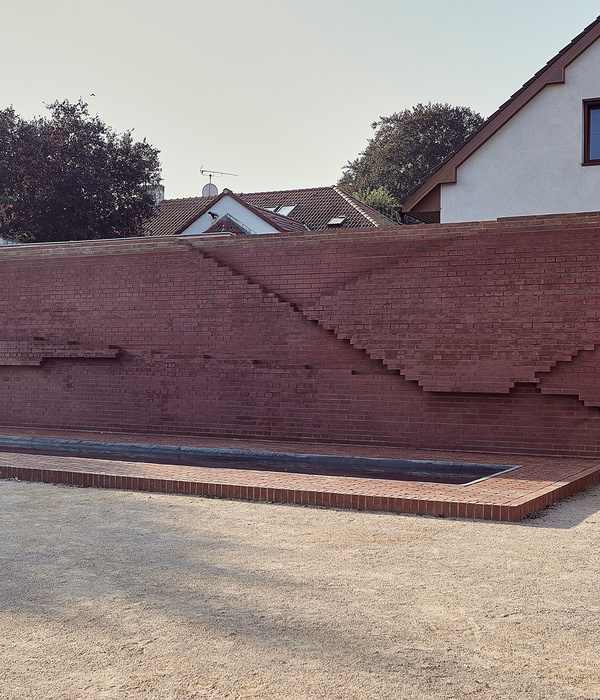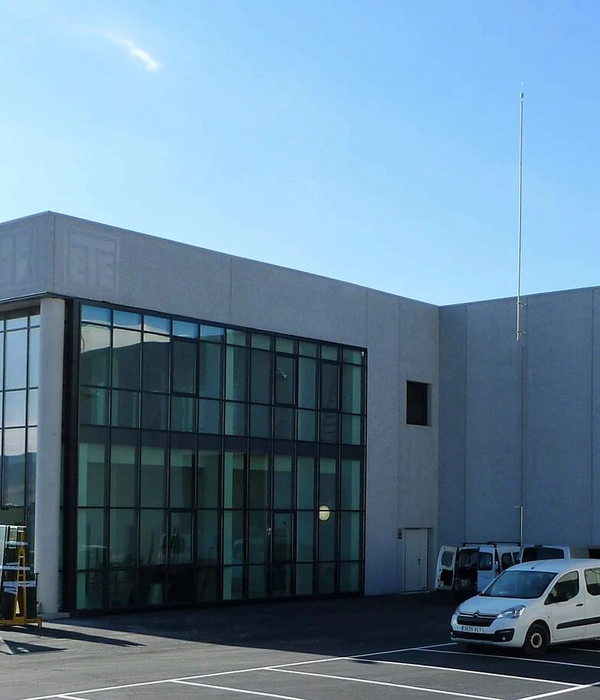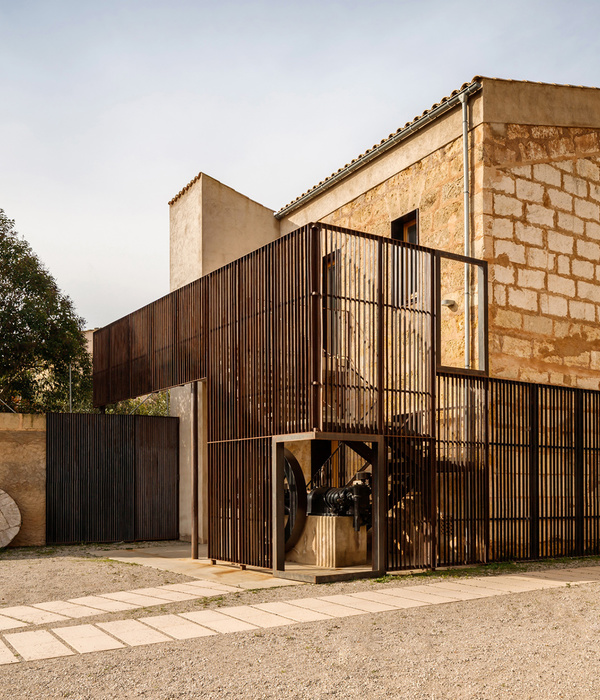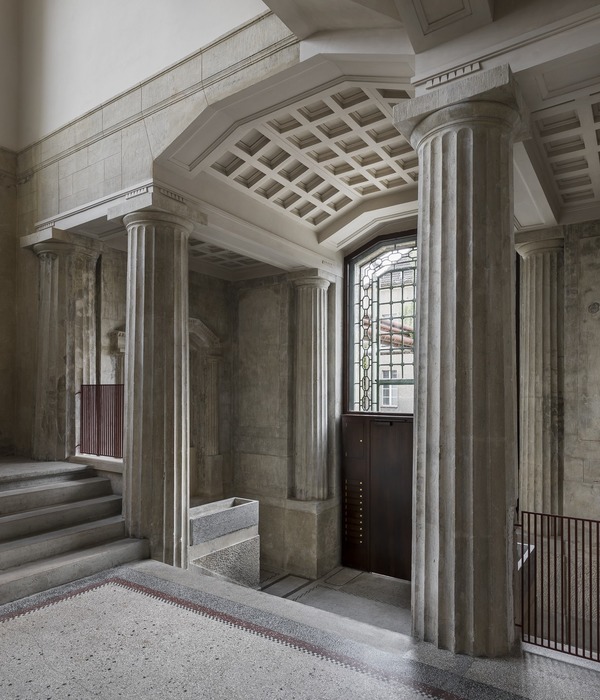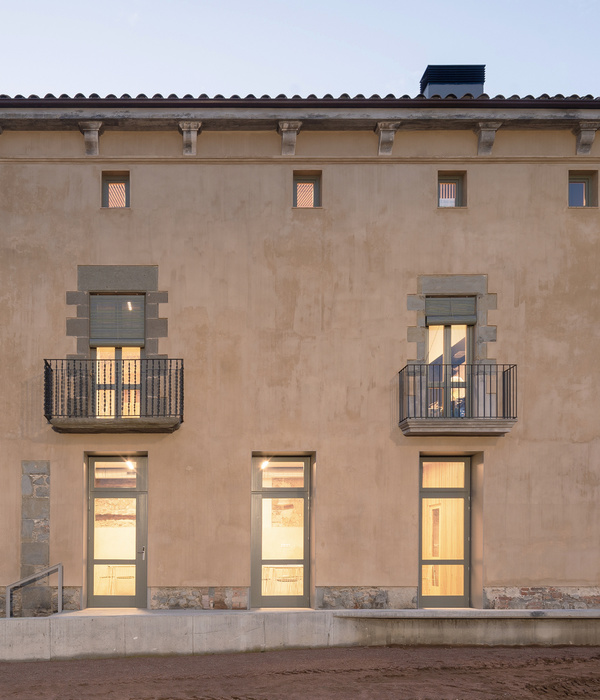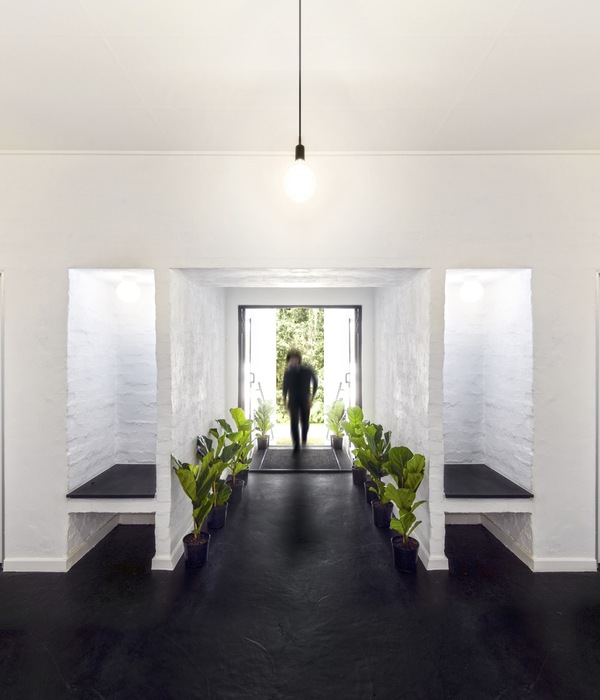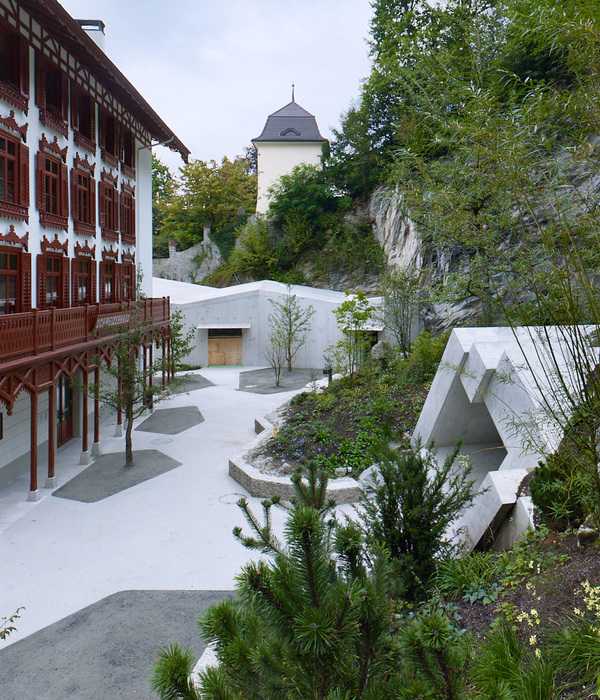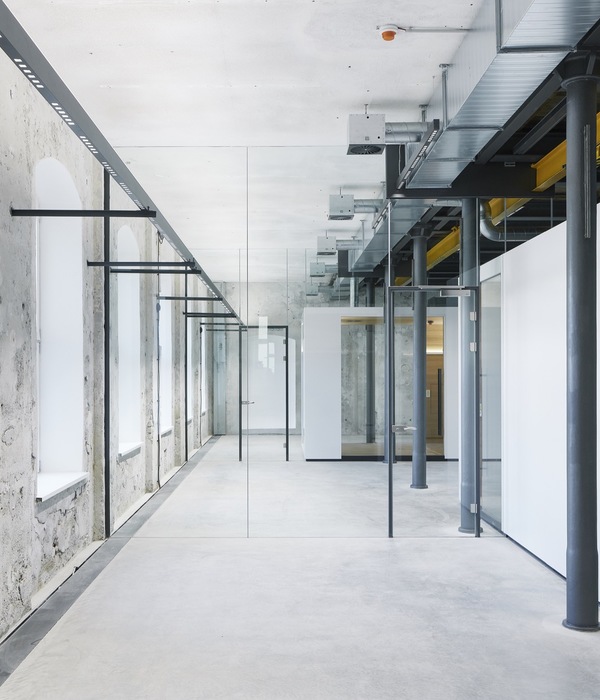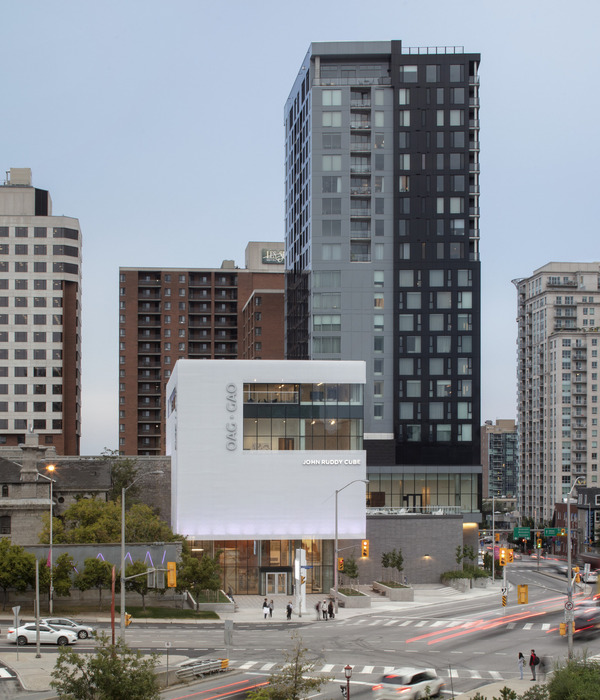Restaurant, Mixed Use Architecture, Shopping Centers, Hoofddorp, The Netherlands
设计师:Serge Schoemaker Architects
面积: 2120 m²
年份:2020
摄影:MWA Hart Nibbrig
建造商: Dornbracht, Clou, Formani, Forster, Jansen, Kemmlit, Deltalight
设计团队:Sanne Knoll, Alexander Beeloo, Max Hart Nibbrig, Arun Bourdon, Anthony Dann, Yunqiao DuDik Houben, Roxana Vakil Mozafari
Mep & Hvac Consultant:Install Keur
Structure Engineer:Vianen Bouwadvies
Acoustics Consultant:Vermeent Advies
Building Physics Consultant: LBP|Sight
Project Manager: PlanResult
General Contractor: De Bonth van Hulten
Electrical Contractor:Instacom Electrotech
Airconditioning Contractor:StoneCold Airconditioning Services
Floor Heating Contractor:WARP Systems
Plumbing Contractor: Derks-Diepenbroek
City:Hoofddorp
The process of redeveloping and converting Hoofddorp Fort took a decade. Some 8,100 m2 in size, the Dutch world heritage site has been transformed into an urban park with space for a restaurant as well as cultural and educational activities. Serge Schoemaker Architects tackled the landscape, architecture and interior in an integral manner, fusing past and present into a new entity. Hoofddorp Fort (1904) is one of the few forts along the historical Defence Line of Amsterdam with two floors. Like most of the forts, this defense structure is embedded into the landscape and covered with a layer of earth. The fort consists of a rich labyrinth of spaces: gun positions, rooms, corridors, and niches.
Walls and vaults of metres-thick unreinforced concrete had to protect the fort from enemy fire. The complex includes two freestanding gun turret buildings topped by domes that could be raised. Connected to the main building by underground corridors, these structures were fully excavated during the renovation. The network of corridors has also been restored to its original condition. This allows visitors to use the long rear corridor on the ground floor to reach the freestanding gun turret buildings as well as the terrain on top of the fort.
Two new staircases have been added to improve access to the fort. Breaking open the floors created two vertical double-height spaces that draw light and air deep into the horizontal corridors that dominate the fort interior. The fort has been partly restored and partly left untouched. Serge Schoemaker designed sleek new additions and integrated them carefully, consciously preserving the historical details and distinctive atmosphere. His approach sets up a lively dialogue between past and present, with both entities enhancing each other.
For example, warm timber walls and minimalist steel elements combine with rough untreated walls of unreinforced concrete, and modern light fittings are set off by atmospheric illuminated candle niches. The material and colour concept connects the historical and contemporary elements, letting them co-exist in a dignified manner. Engineering installations have been integrated so carefully that they are almost invisible. The whole building is fitted with a thin underfloor heating system and the air-treatment system with heat recovery makes use of historical built-in air ducts.
New pipes are integrated into the screed floor and the roof structure to preserve the pure, brutalist character of the interior. A ‘fort pathway’ added to the site means that visitors can walk up directly from the forecourt to the outdoor area on higher ground as well. From here they enjoy views of the moat and the Geniedijk. Space has also been allocated here for a small open-air theatre and a stylish terrace garden.
项目完工照片 | Finished Photos
设计师:Serge Schoemaker Architects
分类:Restaurant
语言:英语
阅读原文
{{item.text_origin}}

